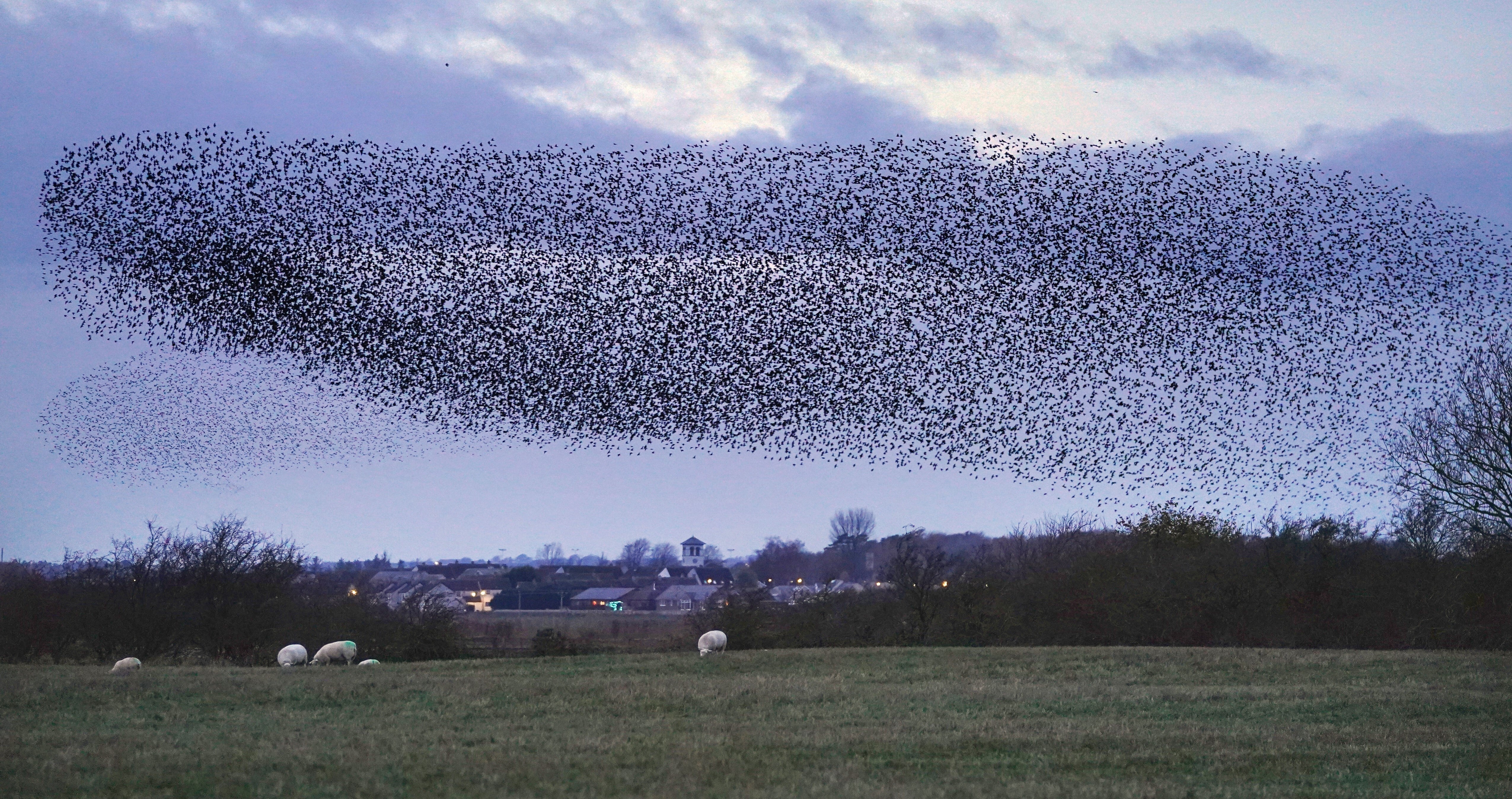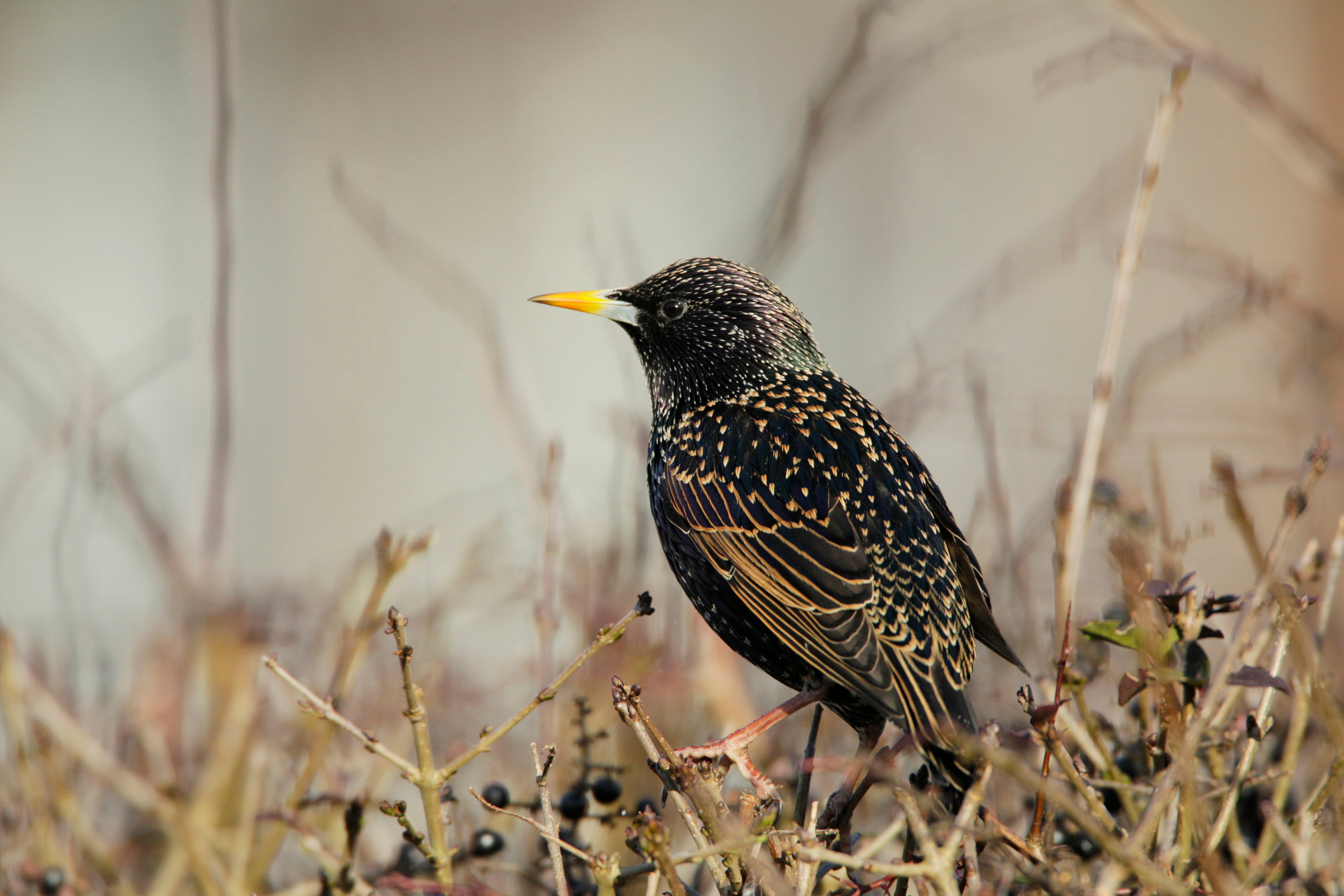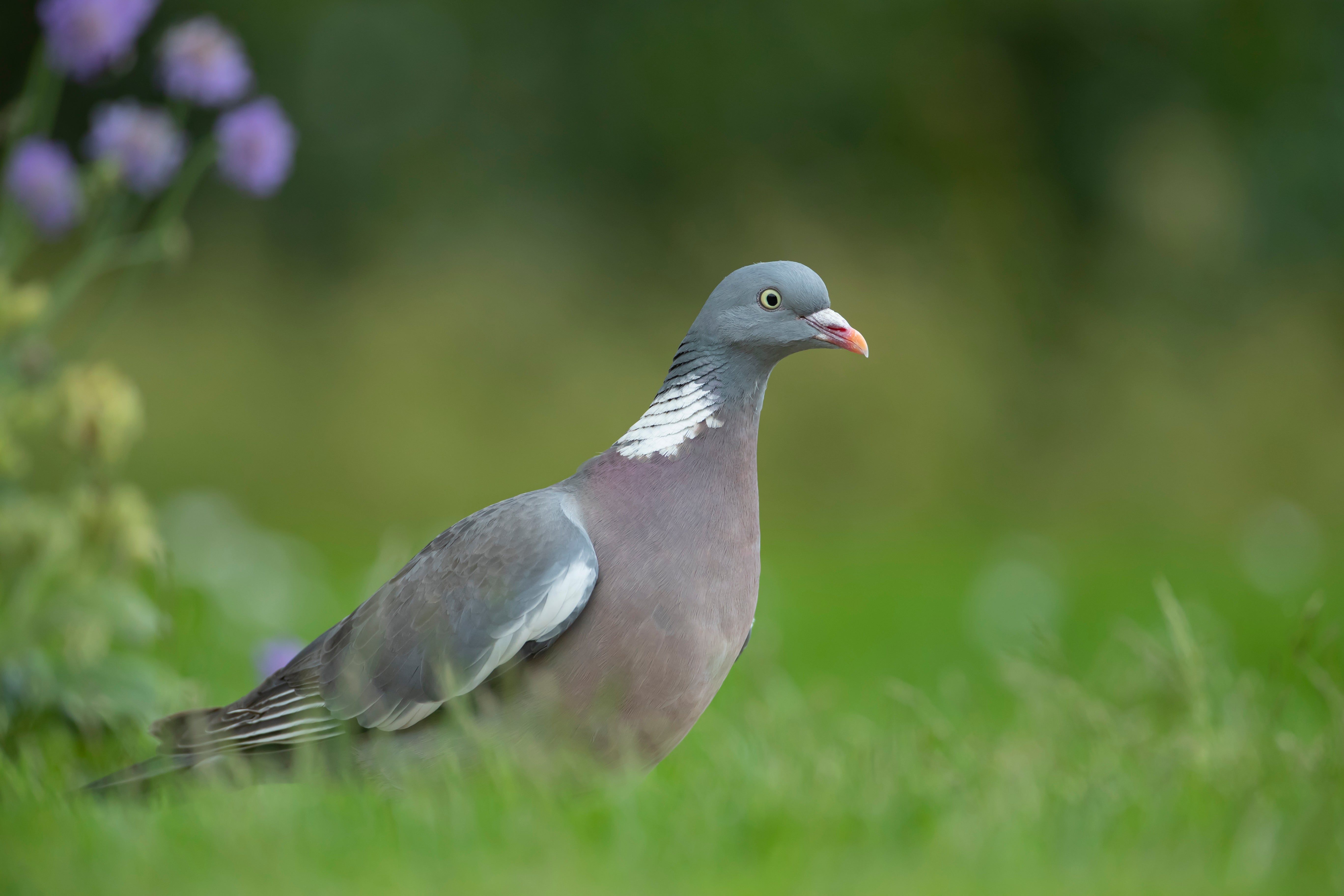
The lowest number of starlings on record have been spotted in the RSPB’s long-running Big Garden Birdwatch citizen science scheme, the charity said.
The charismatic garden bird dropped from third to fourth place for the most commonly spotted species in the annual birdwatch, with the RSPB warning it has seen an 85% decline in average numbers seen per garden since the scheme began in 1979.
This year, almost 600,000 people took part in the scheme to spend an hour counting birds in their garden or local green space during the last weekend in January, to help conservationists find out how the country’s bird life is faring.
RSPB chief executive Beccy Speight said the latest results for starlings were a “reason for concern”.

Although the birds are found across the UK, with numbers swelling during winter when more of the species arrive from northern Europe, and can be seen in huge numbers performing aerial displays known as “murmurations”, they are “red-listed” because of concerns over their declining numbers.
The RSPB said there was not yet enough evidence to confirm what was causing the decline in numbers, but said the UK breeding population had dropped 82% between 1970 and 2022.
Before the year 2000 it was regularly the most numerous species recorded in the Big Garden Birdwatch.
Ms Speight said: “Starlings are one of our most charismatic garden birds, but this year’s Big Garden Birdwatch result is a reason for concern.
“With one in six species at risk of extinction from Great Britain, we’ve done more damage to our natural world than we realise.
“However, we can all do our bit to support these threatened birds by taking small actions that can not only benefit starlings, but a wealth of other garden wildlife.”

The charity urges householders to take simple steps to help starlings in their back gardens, including avoiding the use of pesticides and keeping a natural lawn which allows the birds to forage for bugs such as crane fly larvae, known as leatherjackets.
The birds also prefer short grass to look out for predators, so mowing the lawn now and then is beneficial, the charity says, while putting up nest boxes for starlings – with a 45mm (1.8 inch) entrance hole – gives them a nesting site.
This year’s Big Garden Birdwatch saw house sparrows in the top spot, although they have also seen average numbers decline in gardens by more than half (55%) since the citizen science scheme began.
In second place were blue tits, and wood pigeons came in third place, both of which have seen numbers increase in gardens in the survey in the last 45 years.
But other common birds such as blackbirds and robins have seen numbers fall since the survey began.

Ms Speight added: “To halt nature’s decline and turn around the fortunes of our native species, we need to help them return to healthy levels, so they become a feature of everyday life once more.
“Our countryside, our farms and our towns all need support to encourage nature, and while our homes and gardens often provide the perfect place for individual people to help, we also urgently need governments and businesses to join us in the wider fight to restore our natural world.”







